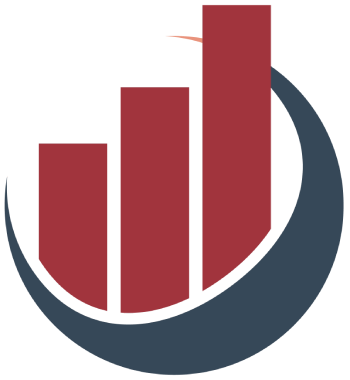Navigating the world of loan products can be incredibly daunting, especially when various terms and classifications overlap. At the forefront of this confusion are installment loans—financial products that promise a lump sum upfront, with the agreement that the borrower will repay the amount in regular intervals over a designated period. This straightforward structure is what classifies an installment loan, setting it apart from other lending options such as traditional credit cards or payday loans.
In essence, installment loans provide the borrower with immediate access to funds, catering to larger financial needs that might arise—be it a home renovation, educational expenses, or even business investments. Typically characterized by fixed monthly payments that encompass both principal and interest, these loans enable borrowers to effectively manage their budget by knowing exactly how much they need to pay each month. However, it’s essential for potential borrowers to be aware that the terms and conditions can vary significantly based on the lender, the amount borrowed, and the borrower’s credit profile.
Diversifying Choices: Types and Applications
The versatility of installment loans doesn’t end with personal financing; they extend their reach into the business realm as well. Often, when we think of small business loans, we picture traditional installment loans designed specifically for business purposes. These loans can be utilized for various expenses such as inventory purchases, equipment upgrades, or operational costs. In contrast, personal loans—though they can also fall under the umbrella of installment loans—are meant solely for individual consumer use.
Additionally, the types of installment loans available to borrowers are numerous, ranging from auto loans and student loans to mortgages and debt consolidation loans. Each type comes with its own set of benefits and limitations, but they all share the fundamental structure of scheduled repayments over time, which is inherently beneficial for planning and financial stability.
The Borrower’s Balancing Act: Pros and Cons
While the advantages of installment loans are significant, it’s crucial to also consider the potential drawbacks that these financial products may bring. On one hand, borrowers appreciate the ability to secure larger sums of money, which can be instrumental in making substantial purchases or investments. The predictability of fixed monthly payments fosters a sense of security, allowing borrowers to allocate their finances more wisely. Furthermore, many lenders offer the flexibility to make additional payments toward the principal, which can significantly reduce the total interest paid over the life of the loan.
However, it’s important to approach installment loans with caution. High-interest rates and additional loan fees can elevate the overall cost, and borrowers who fail to make timely repayments risk damaging their credit scores. Furthermore, many individuals may find themselves in a position where they need more funds than what was initially offered, leading to a cycle of borrowing that can spiral out of control.
Secured vs. Unsecured: Weighing Risks and Rewards
A critical distinction exists between secured and unsecured installment loans. Secured loans require collateral, meaning borrowers must offer up an asset—like a home or vehicle—to guarantee repayment. This typically enables lenders to offer larger sums at lower interest rates, as the collateral reduces their risk. In contrast, unsecured loans do not require collateral but usually come with higher interest rates as lenders shoulder more risk.
For individuals with lower credit scores, securing an unsecured installment loan can prove particularly challenging. Due to the nature of these loans, lenders scrutinize credit history more closely, and those with poor credit are often relegated to higher interest rates or entirely disqualified from borrowing. Understanding this dynamic is essential for borrowers seeking the most favorable terms on their loans.
The Online Shift: Modern Approaches to Lending
In today’s digital age, the landscape of lending has transformed dramatically with the rise of online lenders. These platforms often provide a quicker and more accessible application process. They may cater to individuals with less-than-perfect credit, offering alternatives to traditional banks and credit unions that might dismiss those same applicants outright. While online installment loans have streamlined access to financing, borrowers must remain vigilant and conduct thorough research to avoid high fees and interest rates that can often accompany these services.
The ability to pre-qualify for loans without undergoing a hard credit pull represents a significant advancement in helping borrowers make informed decisions without immediately impacting their credit scores. This pre-approval stage allows potential borrowers to gauge their likelihood of receiving a loan without facing the repercussions of a hard inquiry, sparing them from unnecessary stress in the lending process.
Installment loans demand a nuanced understanding of the terms, types, and implications associated with borrowing. While they offer valuable financing solutions, caution is necessary to navigate the potential pitfalls, ensuring that borrowers make informed and judicious financial decisions. As the lending landscape continues to evolve, keeping an eye on innovation and personal finance management will be pivotal for those seeking to leverage these loans most effectively.


Leave a Reply